As the seasons change and nature’s palette transforms, it is essential to create outdoor spaces that continue to inspire and delight even during the colder months. In this blog, we will explore expert tips and techniques to help you craft a winter landscape that is both visually stunning and functional. Let’s dive in!
1. Embrace the Power of Evergreens:
One of the key elements in designing a captivating winter landscape is the strategic use of evergreen plants. These resilient beauties retain their foliage throughout the year, providing a much-needed burst of color and texture during the winter months. Incorporate a variety of evergreens, such as conifers, Hollies, Boxwoods and Nandinas to create a visually appealing and dynamic composition that will stand out against the winter backdrop.
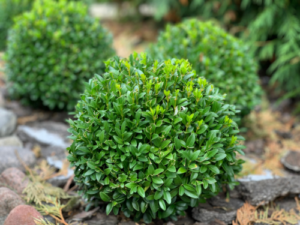
Boxwoods provide a great evergreen backdrop and are one of the most versatile broadleaf evergreen
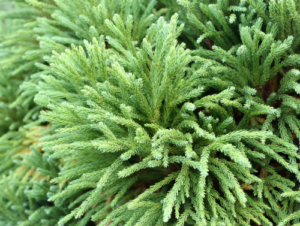
Ornamental conifers can add contrast to your landscape and create an elegant look.
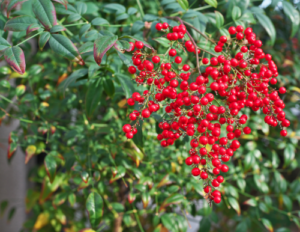
Most Nandina varieties are evergreen with showy berry clusters throughout the winter.
2. Introduce Ornamental Bark and Stems:
To add interest and texture to your winter landscape, consider incorporating plants with striking bark or vibrant stems. Species like the red-twig dogwood, paperbark maple, or the coral bark Japanese maple can infuse your garden with a burst of color and visual intrigue. These unique features will not only enhance the overall aesthetic but also serve as focal points during the winter season.
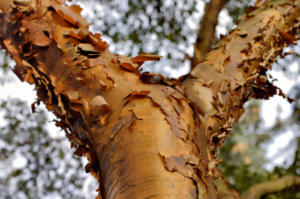
Ornamental barks create elegant winter interest, look for trees like River Birches and Paperbark Maples.
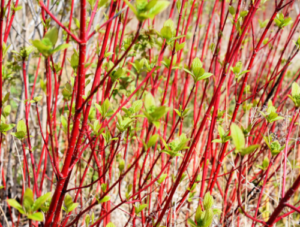
Redtwig Dogwoods have a fiery red stem that stands out against the winter backdrop. They can also be used for cuttings for holiday decor.
3. Utilize Hardscape Elements:
Incorporating hardscape elements into your winter landscape design can provide structure and visual interest. Features such as stone walls, pathways, or decorative sculptures can create focal points and add a touch of elegance to your outdoor space. Additionally, hardscape elements can serve as a backdrop for winter plantings, allowing them to shine even more brightly against the contrasting textures.
4. Incorporate Winter-Blooming Plants:
While many plants go dormant during winter, there are several species that bloom during this season, adding a touch of vibrancy to your landscape. Consider including winter-blooming flowers.
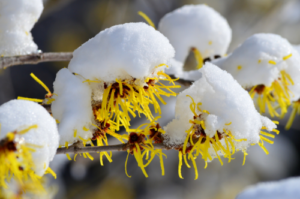
Witch Hazel is a durable and versatile winter focal point that has yellow and red blooming varieties.
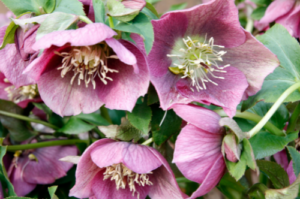
Hellebore is a stunning perennial that stand out from the landscape in winter months.
Whether you are just adding to your existing landscape or starting from scratch, the most important thing to keep in mind is longevity. The landscape season does not have to stop in the winter, get creative with how and where you set your winter focal points!
